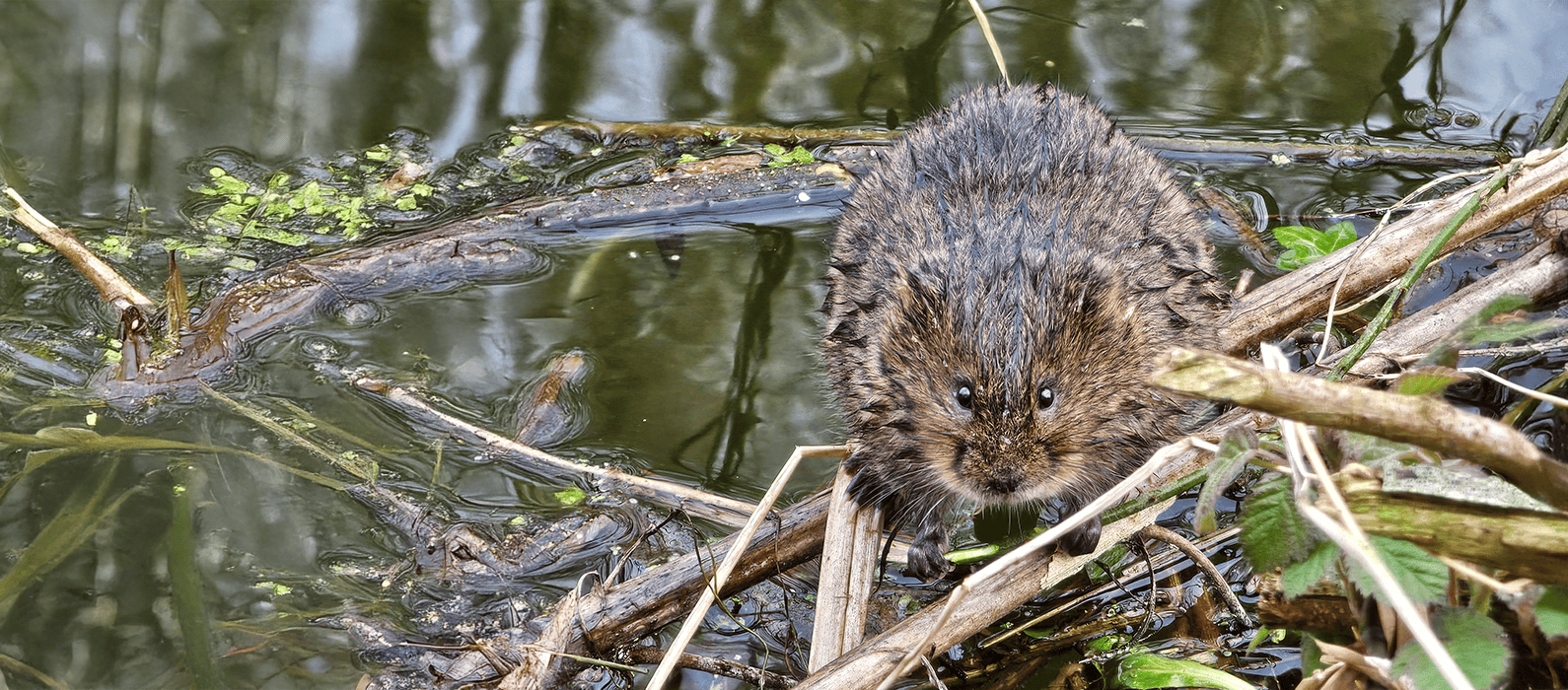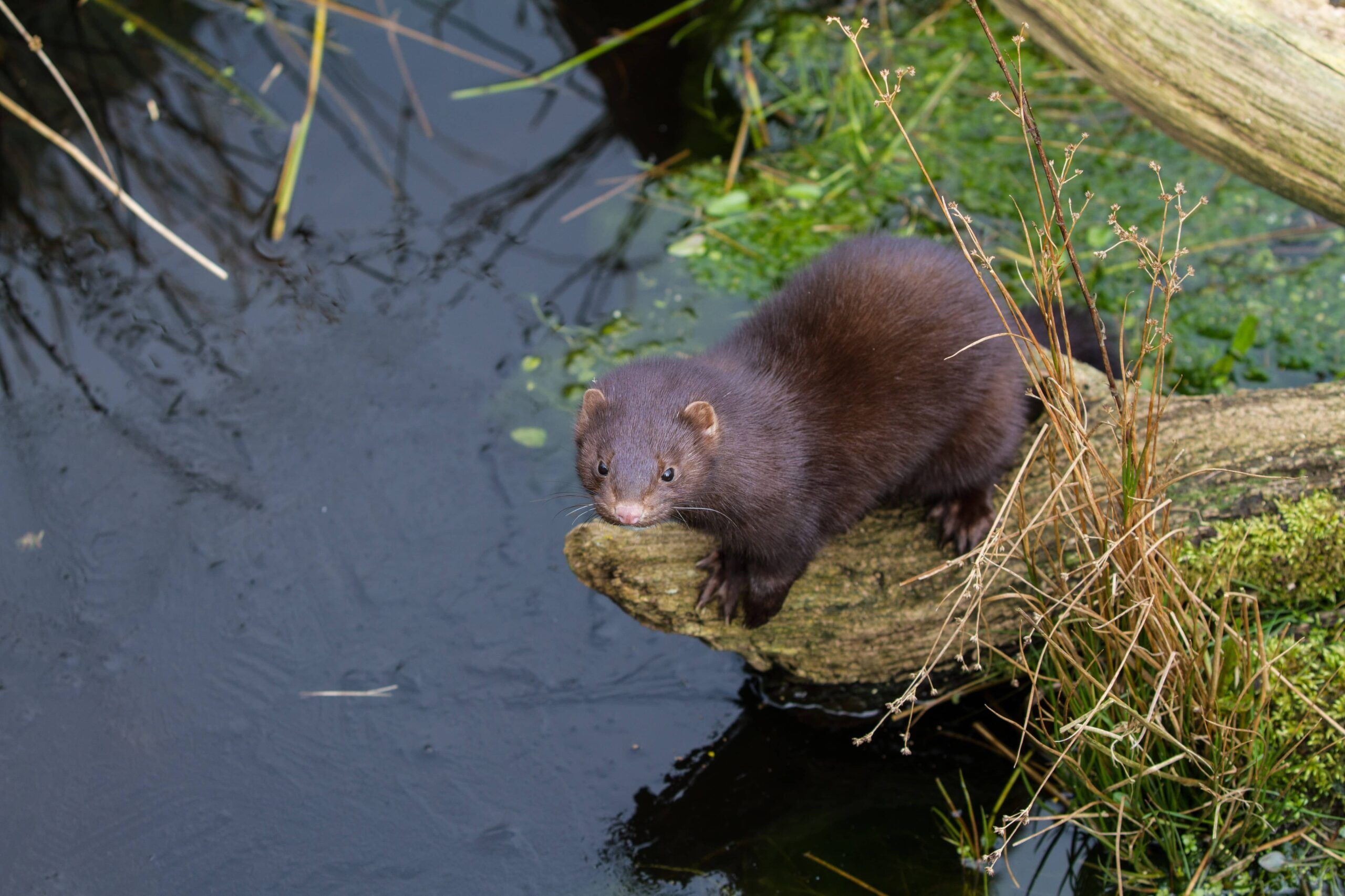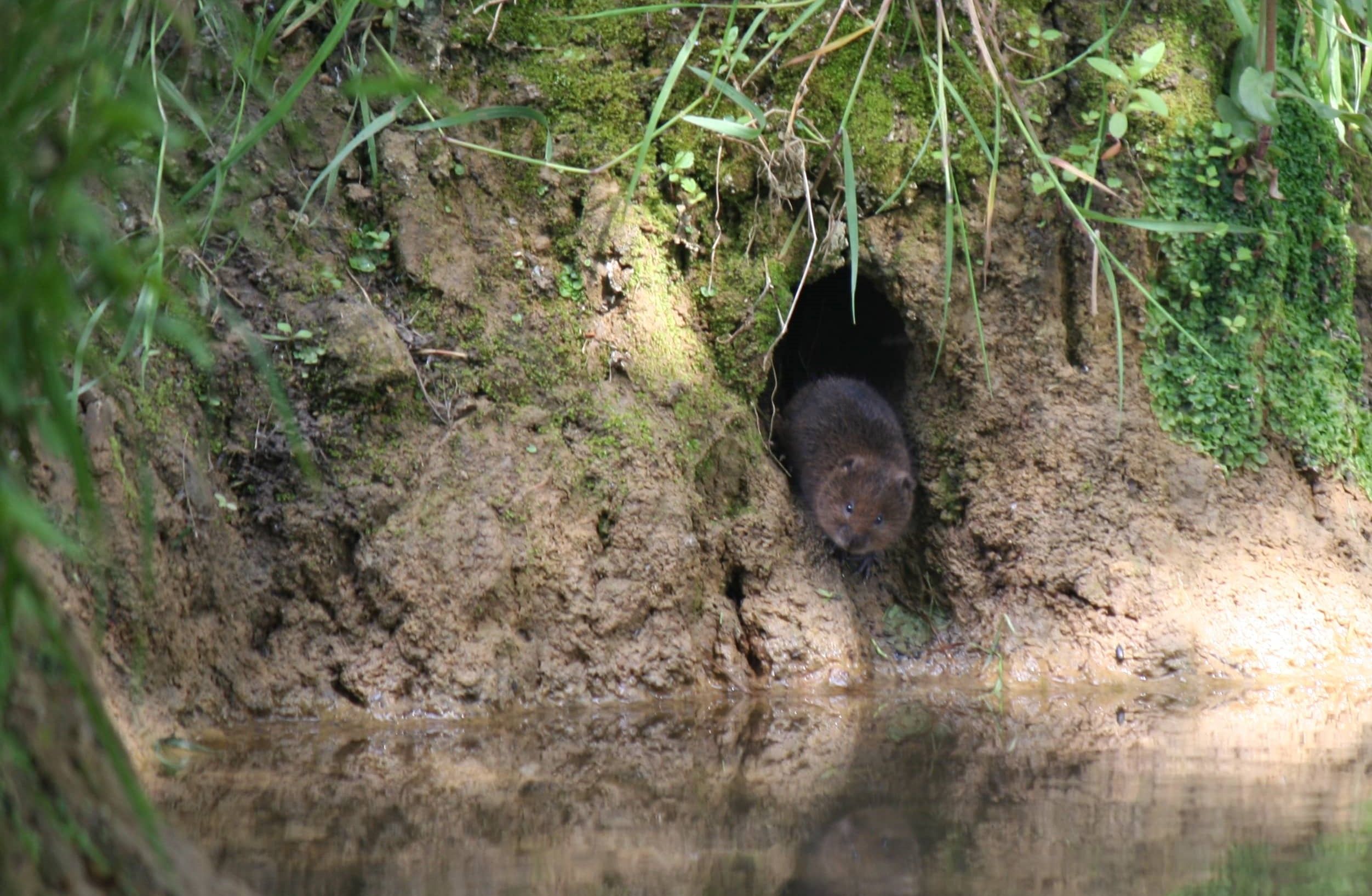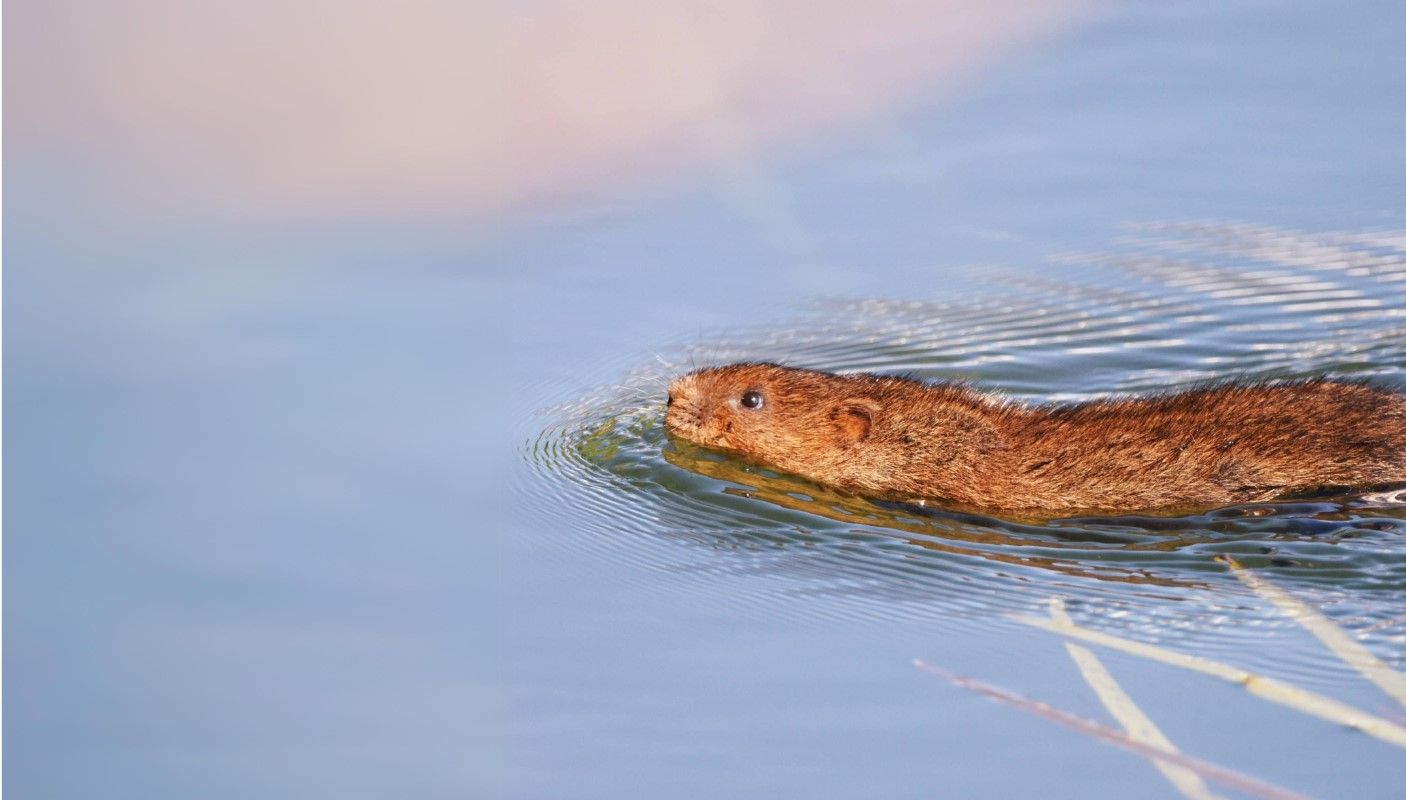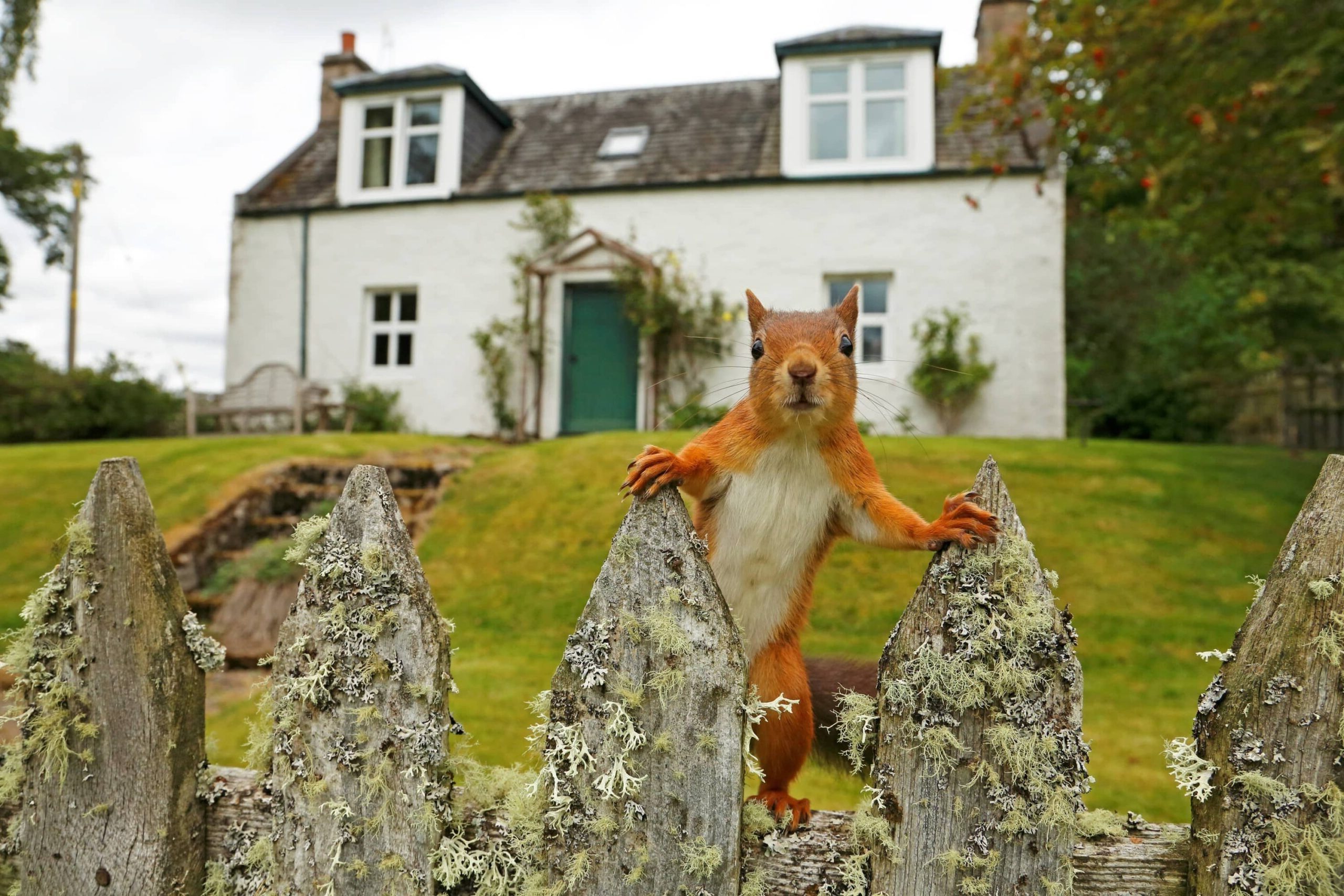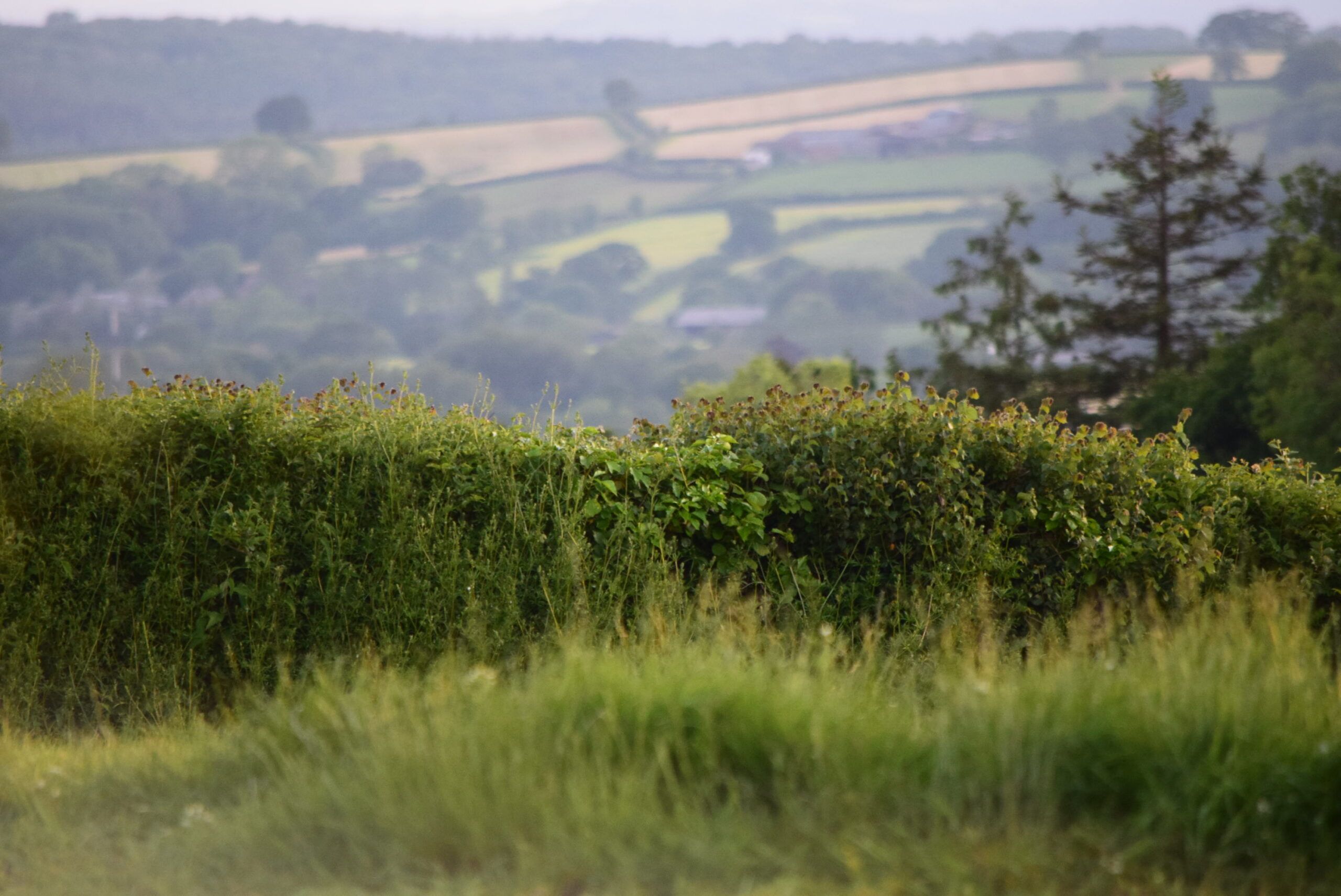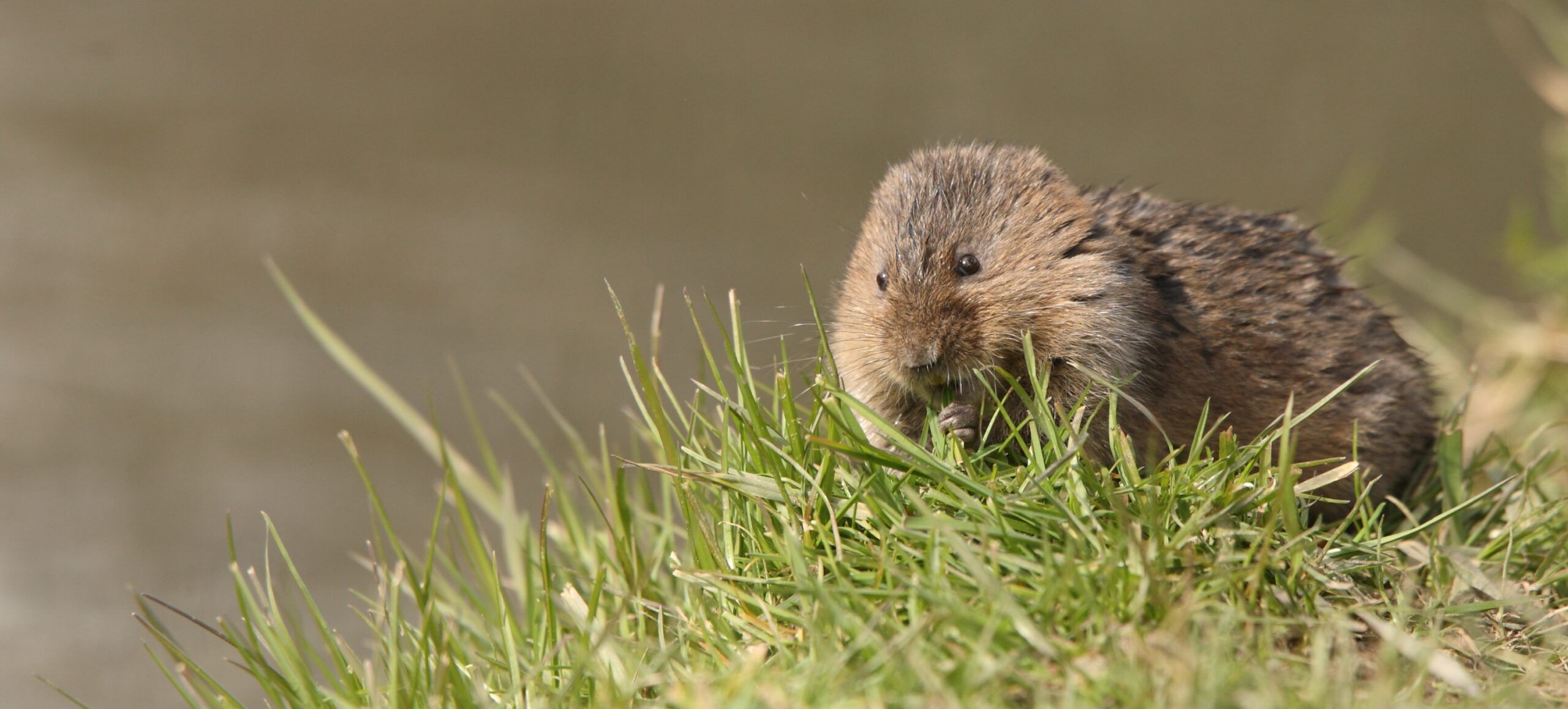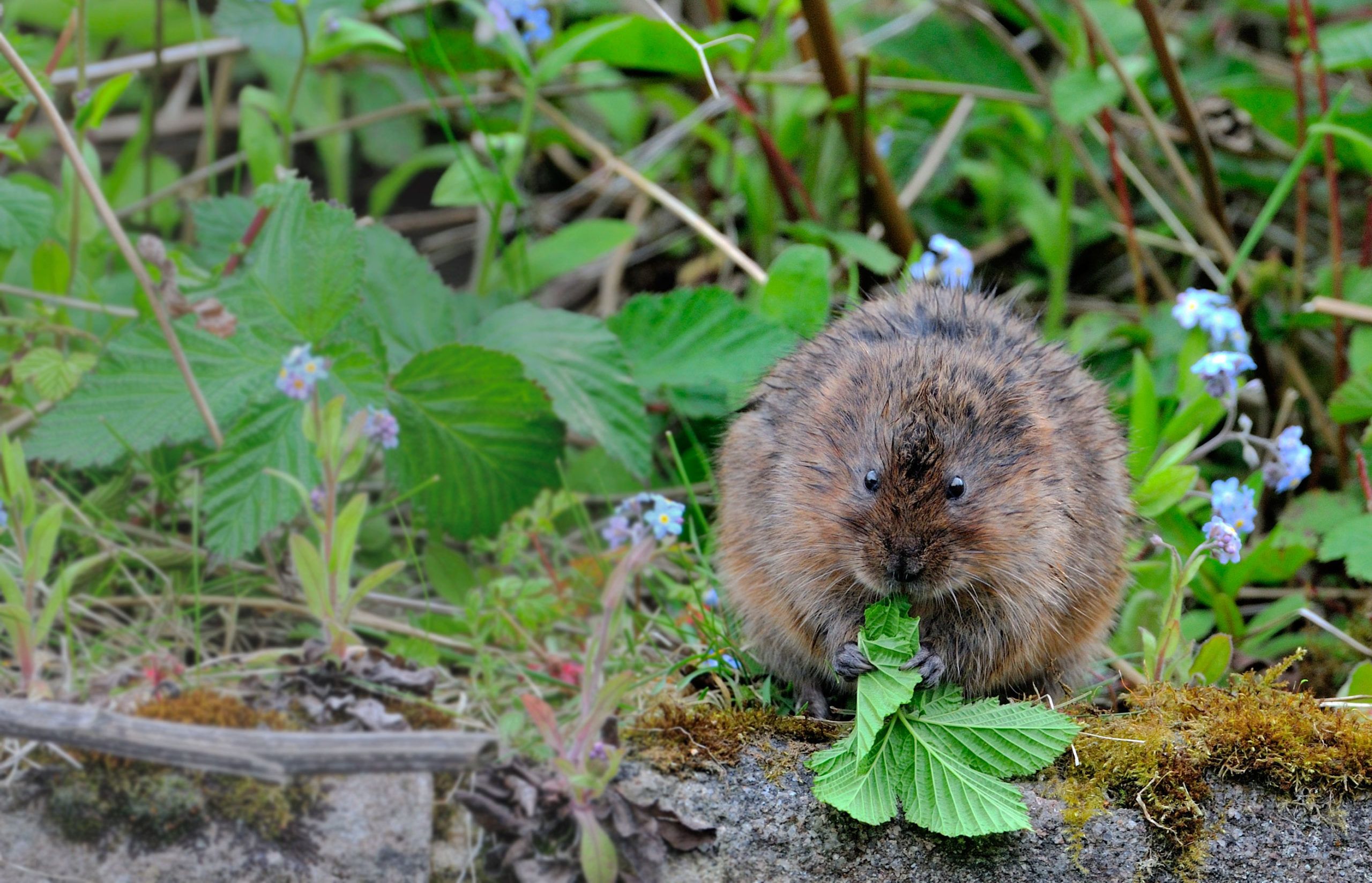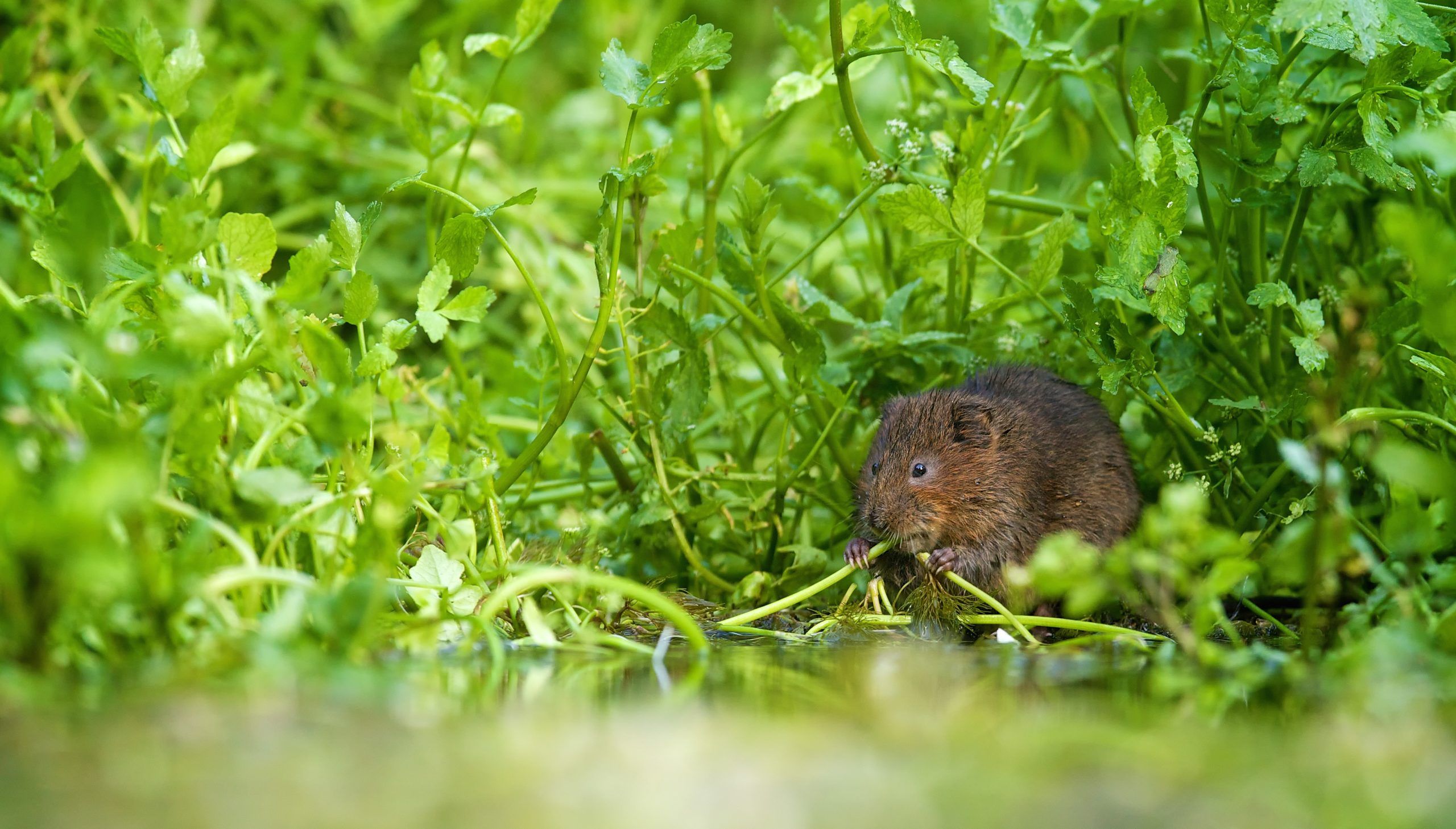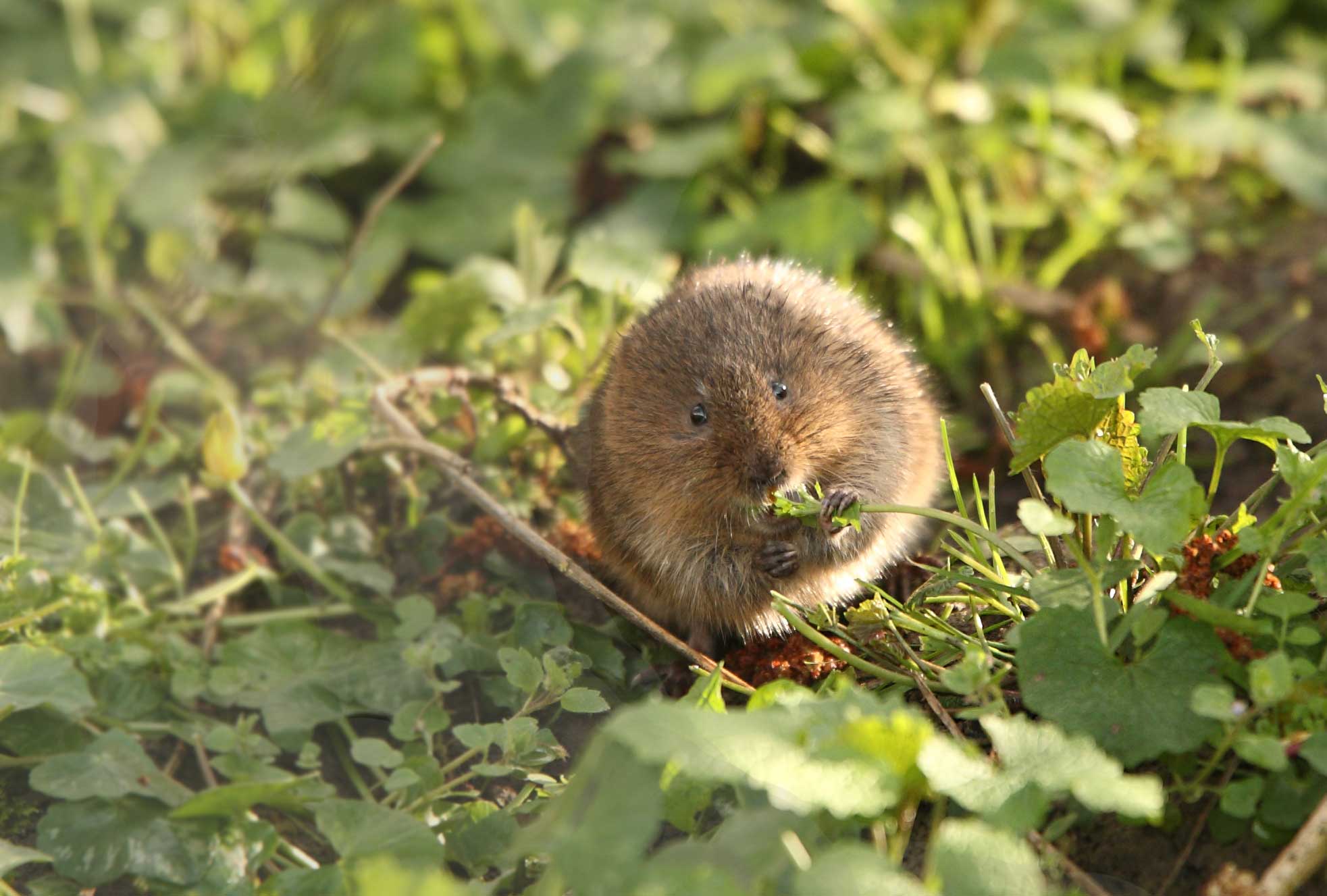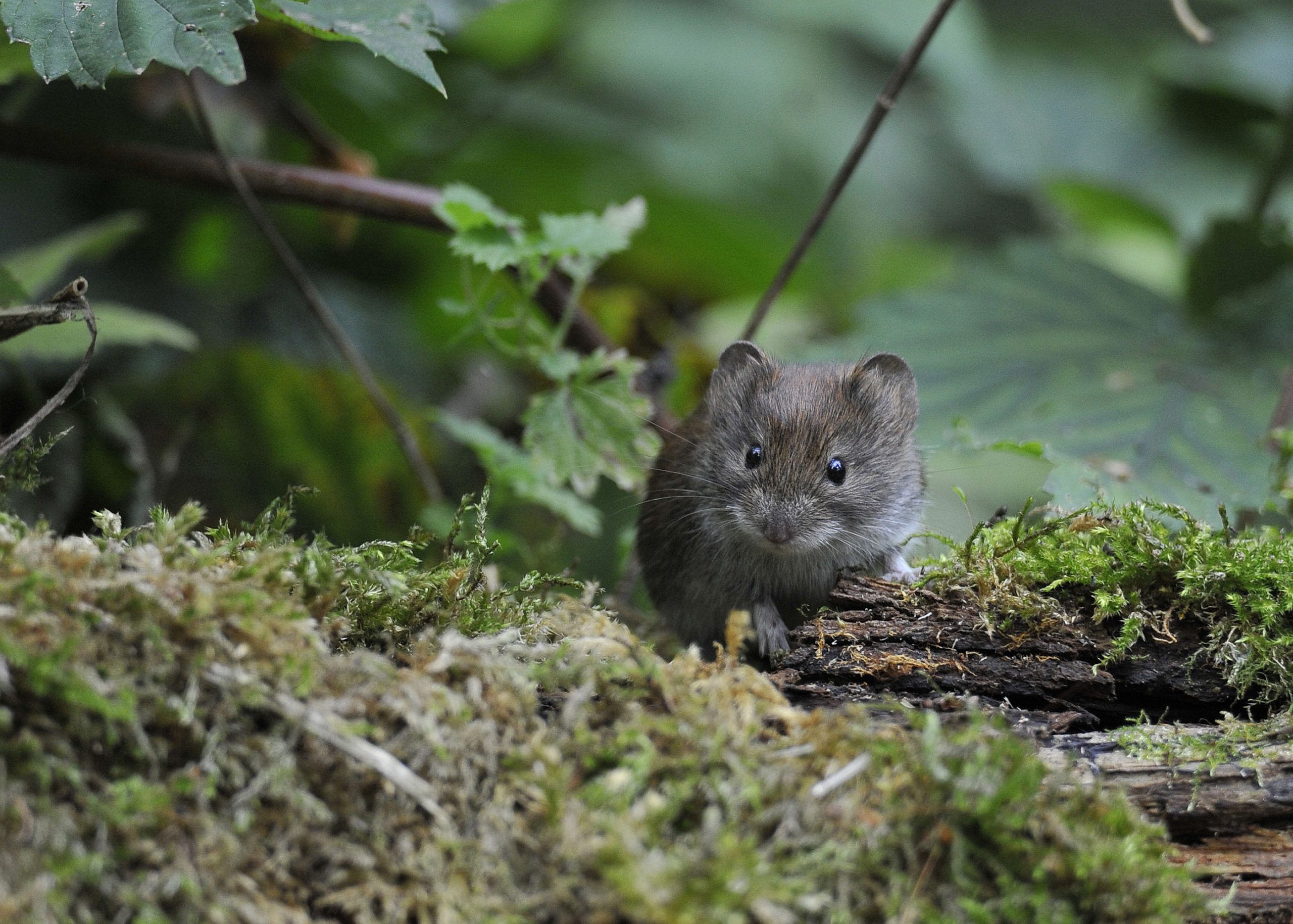Water voles
Search by topic
2025 marks a decade of the National Water Vole Monitoring Programme (NWVMP) – a huge milestone for the UK’s largest citizen science survey dedicated to water voles. Over the past decade, thousands of volunteers have submitted records of water voles from more than 2,200 sites nationwide. To everyone who has taken part: thank you. Whether …
Read article...Charity calls for help surveying water voles as part of national effort to save Britain’s fastest declining mammal Wildlife conservation charity People’s Trust for Endangered Species (PTES) is calling for volunteers across England, Scotland and Wales to survey for water voles this spring as part of ongoing national efforts to save this endearing yet endangered …
Read article...A successful predator with a big appetite Britain’s waterways support a diversity of our native wildlife as they meander through tranquil verdant landscapes and bustling urban centres. Yet, an ominous threat lurks on the banks, imperilling the delicate natural balance. Enter the American mink (Neovison vison), a successful predator with a big appetite and a …
Read article...Help is needed across the country to protect Britain’s fastest declining mammal, before it’s too late Wildlife conservation charity People’s Trust for Endangered Species (PTES) is calling for volunteers in all corners of England, Scotland and Wales to survey endangered water voles, whose populations have plummeted by a staggering 90% since the 1970s. Despite being …
Read article...Watching water voles in 2023 Last year, PTES volunteers played a crucial role in helping us map the whereabouts of Britain’s water voles. The results from the National Water Vole Monitoring Programme (NWVMP) in 2023 were fantastic and it’s the dedicated time and effort put in by our monitors that means we can all look …
Read article...Charity calls for help recording endangered wildlife in gardens and on local riverbanks This spring, leading wildlife conservation charity People’s Trust for Endangered Species (PTES) is calling for volunteers across the UK to take part in their annual spring surveys in a bid to help endangered wildlife and the habitats they call home. From March …
Read article...Survey hedgerows The lengthening days bring with them temperamental weather, swinging from showers to glorious sunshine that sparkles on waterways and bounces off fresh green growth. They also announce the start of People’s Trust for Endangered Species’ survey season. This time of year offers the chance for people across the UK to get involved in …
Read article...In 2022, nine organisations took part in a trial investigating the effectiveness of using floating rafts to detect water voles by providing them floating platforms for their latrines (droppings). Water voles are naturally inquisitive, and it didn’t take long for them to explore the rafts and use them as artificial feeding platforms where they would …
Read article...Country-wide effort needed to save Britain’s fastest declining mammal Forget the Easter Bunny, this Easter is all about water voles! Wildlife charity People’s Trust for Endangered Species (PTES) is calling for volunteers across England, Scotland and Wales to take part in their national water vole survey, which starts on Good Friday. Immortalised by Ratty in …
Read article...Isabel Fry has been out surveying water voles as part of the National Water Vole Monitoring Programme, which PTES runs every year. Find out more about the programme and get involved here. Found along our waterways, water voles are similar-looking to the brown rat, but with a blunt nose, small ears and furry tail. Sadly, …
Read article...Britain’s water voles are in trouble. The arrival of non-native American mink and loss of suitable habitat have led to them becoming one of our fastest declining mammals. The key to halting the decline and conserving this species is understanding where water voles currently are, where they are doing well, and crucially, where they have …
Read article...From the arboreal to the aquatic Fifteen species of rodent make up about a quarter of the wild terrestrial mammal species in Britain. They’ve filled a wide range of niches, from the arboreal (red squirrels and hazel dormice) to the aquatic (water voles and beavers), and many are familiar urban neighbours. Most conspicuous are red …
Read article...

